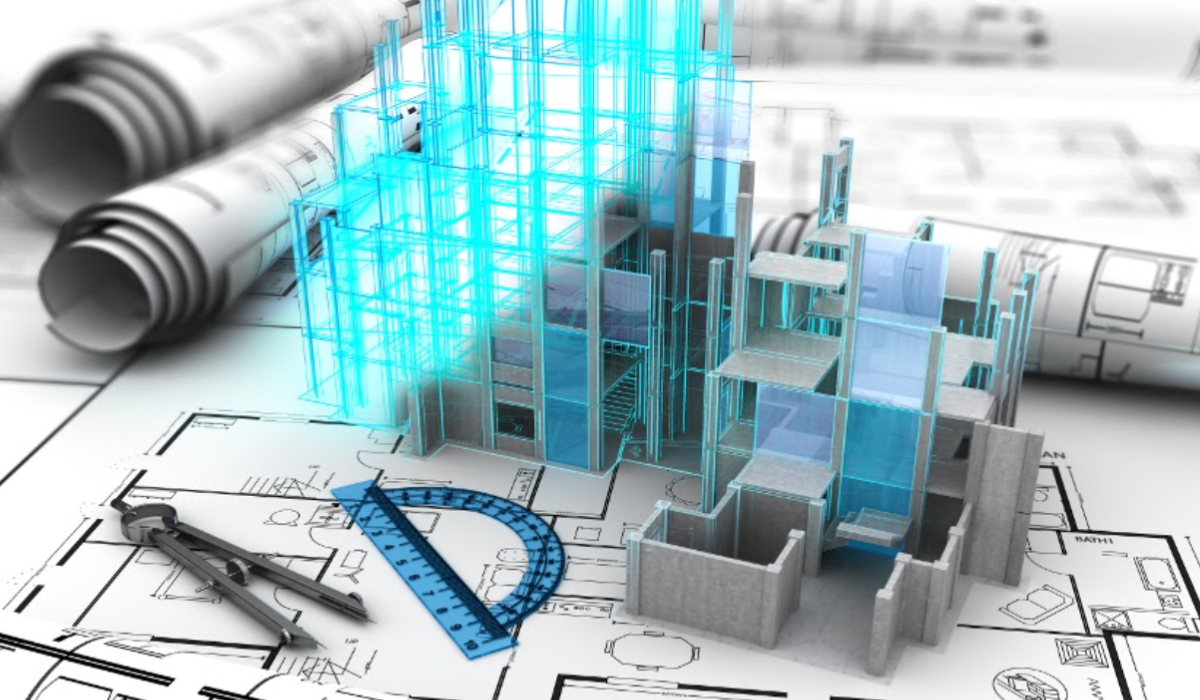Internet of Things (IoT): The Technology That Redefines Our Lifestyle

The Impact of IoT on Our Lifestyle
The Internet of Things (IoT) is changing the way we interact with the world. From smart homes to the optimization of industrial processes in Industry 4.0, this technology connects everyday devices to the Internet, allowing them to collect and share data in real-time. This advancement not only improves our quality of life, but also drives efficiency and sustainability across various sectors.
What is IoT?
The IoT consists of a network of physical objects equipped with sensors, software, and Internet connectivity. These devices can interact with each other and with users to automate tasks and provide useful information. For example, a smart thermostat adjusts your home’s temperature based on your preferences and daily patterns, while in the industrial sector, IoT sensors optimize production lines by detecting faults before they occur.
Key Applications of IoT
Smart Homes
Smart bulbs, thermostats, and locks that enhance comfort and security.
Virtual assistants like Alexa and Google Home integrate devices for centralized control.
Industry 4.0
IoT sensors monitor machinery in real-time, preventing failures and reducing costs.
Digital twins and Big Data analytics improve production and resource management.
You might be interested in:
Impact of Industry 4.0 on Productivity: Cases and Strategies
3. Smart Cities
Smart traffic lights adjust traffic flow based on road conditions.
Waste management systems optimize collection using sensor data.
Is this your first time hearing about smart cities? Don’t worry; this IBM article has everything you need to know.
4. Connected Health
Devices like smartwatches monitor vital signs, detecting anomalies early.
IoT enables remote patient monitoring, facilitating diagnoses and treatments.
More on the topic:
Are Digital Twins the Future of Predictive Medicine?
Advantages of IoT
Improved Efficiency: Automation of processes that reduces time and operational costs.
Increased Comfort: Personalization of devices based on user preferences.
Sustainability: Efficient resource use through real-time data analysis.
Advanced Security: Continuous monitoring and alerts in case of anomalies.
Challenges of IoT
1. Seguridad y Privacidad: La interconexión constante aumenta los riesgos de ciberataques.
2. Interoperability: Not all devices are compatible, which limits their integration.
3. Initial Costs: Implementing IoT solutions can be expensive in the initial phase.
The Future of IoT
IoT will continue to grow exponentially, with projections estimating more than 22 billion connected devices by 2025. Innovations like artificial intelligence, edge computing, and digital twins will further enhance its impact in key areas such as sustainability, automation, and quality of life.
Conclusion
The Internet of Things (IoT) is not just a technology, but a revolution that is transforming every aspect of our lives. From homes to industries, IoT is redefining how we interact with our environment, offering significant benefits in terms of efficiency, sustainability, and convenience. Adopting this technology not only improves our quality of life but also paves the way for a more connected and intelligent future.
JOIN THE NEW REALITY!



